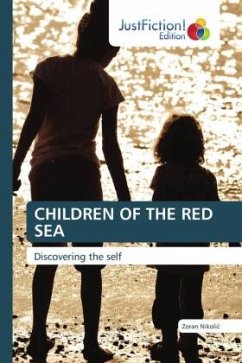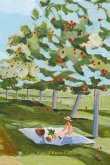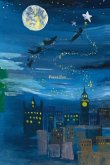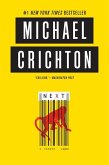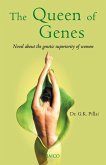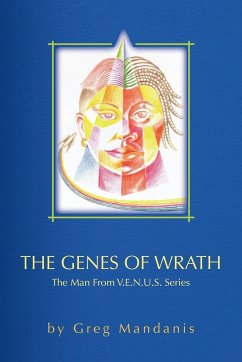'The novel "Children of the Red Sea" is based on verified scientific information, and it follows the migrations and genesis of one genus through twelve millennia of human civilization. The writer of the text assumed the role of a storyteller. One part of the events and characters is the writer's fiction, and the other part is based on known historical documents. Through fifty-four related stories, the readers are offered an insight into the migration of clans and tribes, their integration and disintegration, evolution and progress, involution and regression. On the example of one Y DNA haplogroup, it can be seen that genera and tribes throughout the history of human civilization do not develop in a straight line and with a constant upward trajectory. This story helps to understand that inevitable biological and cultural crossings of genera and tribes over a long period of time build social and cultural models, but also different peoples and nations. The text also presents those truths about social reality that are not directly communicated, but are simply inferred.
Bitte wählen Sie Ihr Anliegen aus.
Rechnungen
Retourenschein anfordern
Bestellstatus
Storno

